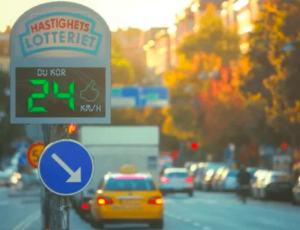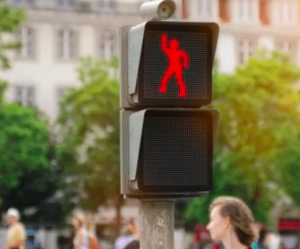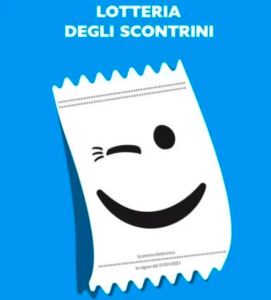In many countries there are more and more initiatives of gamification, based on the fun theory. According to this theory people do things gladly if they do it while having fun. Nothing new: in 13 b.C. Horace wrote that perfection is achieved only by those who can combine business with pleasure. This concept acquires a new aspect that is urban and social. What are the concrete examples of the fun theory?
The fun theory: repaying instead of punishing. The Swedish model to stoke the civic engagement
# The fun theory: using games to encourage the good actions

The fundamental principle is that in a simple way you can change and improve the behavior of people by making fun of those necessary action that we should do every day.
The term gamification means the use of elements of game design in contexts other than the game to achieve certain goals. It has been shown that these techniques are very effective to change people’s behavior in order to achieve certain goals that usually benefit society and the individual.
As Umberto Eco said, the game is one of the five needs of man; it’s an irrepressible need and if used consciously it can become an effective resource.
# The speed camera lottery that rewards those who respect the seep limits with the fines of those who exceed them

The first example of gamification is the radar gun lottery of Stockholm. It was invented in 2010 by the American Kevin Richardson. The goal of the speed camera lottery is to incentivize the drivers to respect the speed limits rewarding their behavior.
The license plates of the most virtuous drivers are automatically registered by the speed camera and inserted in a lottery. These drivers have periodically the chance to win a money prize pay with the fines of those who exceed the speed limits. The results are undeniable. Thank to this system the medium speed of cars is decreased from 32km/h to 25.
# The dancing traffic light that entertain pedestrians

The Swedish speed camera lottery is not the only initiative based on the fun theory. In Lisbon to solve the problem of the pedestrians that don’t stop when the traffic light is red, endangering not only their life but also the drivers’ one, it was invented a dancing traffic light.
Near the pedestrian crossing there is a booth where everyone can enter and dance. The image of the dancer is then reproduced by the little man of the red light that goes wild with dance steps. It has been observed that more than the 80% of people stopped at the crossing, entertained and amused by the little man, and sometimes reproducing his moves.
# The playing stairs and the waste sorting game: here’s some initiatives of the North Europe

In an eco-friendly view, Norway started the bottle bank arcade that transform the waste sorting in a game. The garbage-can emits sound and lights if the trash is thrown in the right place following a specific rhythm.
Another proposal is the piano stairs. They were created at the exit of some metro stops and their aim is to stimulate physical activity and encourage passengers to take the stairs rather than the escalators. Each step is associated to a note and as you climb them you can compose pleasant melodies. In this case too, the result is clear: the fun theory works, in fact 66% of users preferred to take the stairs.
# The gamification in Italy

In Italy, the new-born receipts lottery is surely an example of gamification and its goal is to fight the tax evasion by discouraging the use of cash. Although in Italy the fun theory has not produced a lot of initiatives yet. But it’s not too late to follow the good examples of other counties to change those small behaviors that would benefit everyone.
CHIARA BARONE











